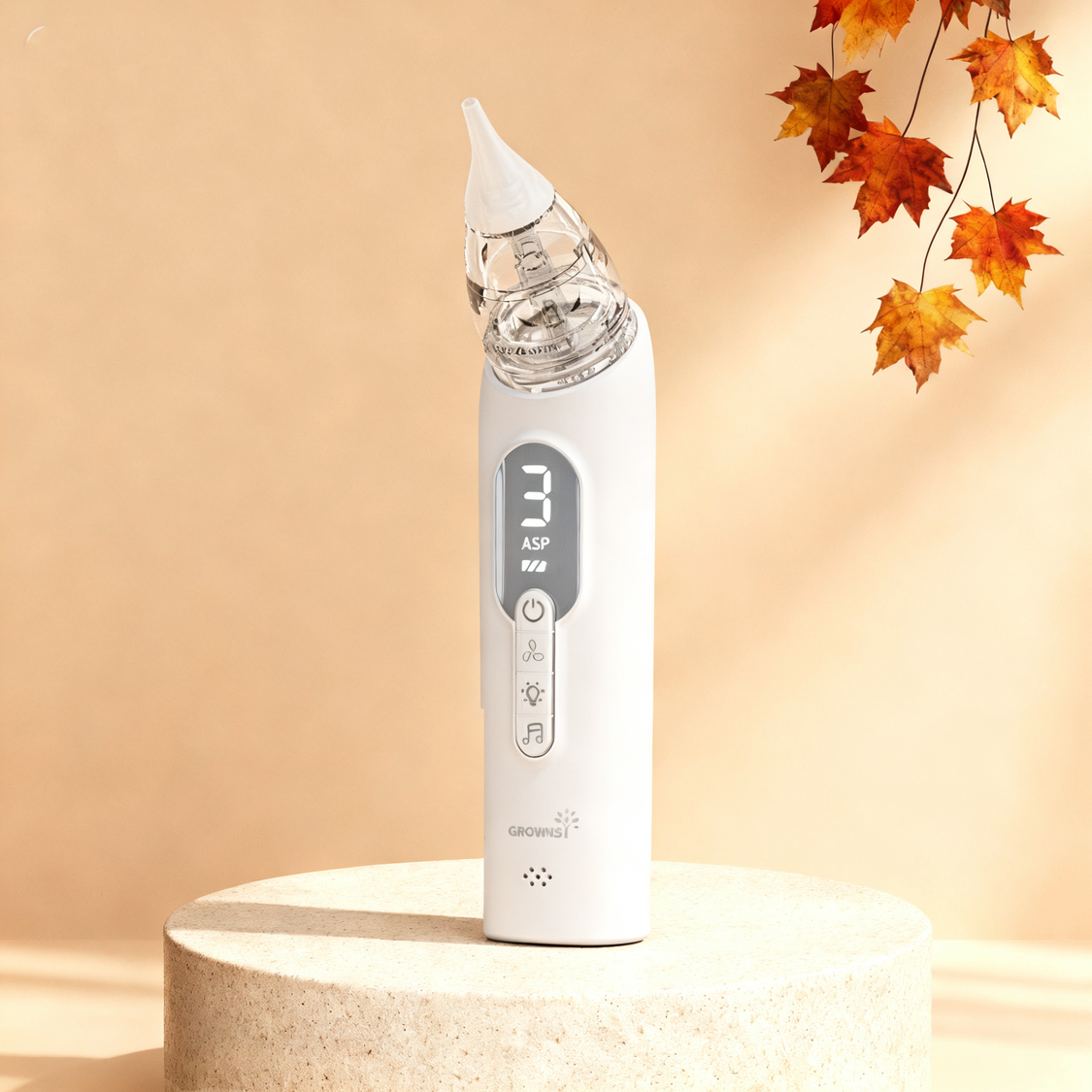Discover the Secret to Happy Babies: Unlocking the Power of Nasal Aspirators!
As any parent knows, a congested baby can be a source of concern and discomfort. Babies are particularly vulnerable to nasal congestion, which can lead to trouble breathing, feeding difficulties, and disrupted sleep. This is where nasal aspirators come into play, providing a simple yet effective solution to clear a baby's nasal passages. In this article, we will delve into the world of nasal aspirators, exploring their types, proper usage, and the significant benefits they offer. By understanding how these tools work, you'll be equipped to help your little one breathe easier and feel more comfortable during bouts of congestion.

Understanding Nasal Aspirators
Nasal aspirators are medical devices designed to help remove mucus from a baby's nasal passages. When a baby has a cold, allergies, or other respiratory issues, they can accumulate mucus, making it difficult for them to breathe comfortably. This can lead to irritability and discomfort, impacting both the baby and the parents' peace of mind. Parents might consider using nasal aspirators as a gentle and effective way to alleviate this congestion. By doing so, they can help their baby breathe easier, enabling better sleep and feeding. The thoughtful design of these devices makes them a staple in many households with young children, proving that sometimes, the simplest tools can be the most effective.
Types of Nasal Aspirators
There are several types of nasal aspirators available, each designed to cater to different preferences and needs. The three main types include bulb syringes, electric aspirators, and manual aspirators. Each of these options has unique features that may appeal to various parents. For instance, bulb syringes are often favored for their affordability and simplicity, while electric aspirators offer convenience and efficiency. Manual aspirators provide a different experience, allowing parents to control the suction level. Understanding the differences among these types can help parents make informed decisions about which nasal aspirator is best suited for their child.
Bulb Syringes
Bulb syringes are the classic nasal aspirators, consisting of a soft rubber bulb attached to a nozzle. To use one, parents squeeze the bulb to expel air, then gently insert the nozzle into the baby's nostril and release the bulb to create suction. This method is straightforward and effective for removing mucus. They are particularly useful for infants, as they are inexpensive and easy to clean. Many parents, including my friend Sarah, found that using a bulb syringe helped her baby breathe better during a nasty cold, making it a go-to tool in her parenting arsenal.
Electric Aspirators
Electric aspirators have gained popularity due to their efficiency and ease of use. These devices typically operate at the push of a button, providing consistent suction power without requiring much effort from parents. They often come with various attachments designed to fit snugly in a baby's nostrils, ensuring a comfortable experience. However, it's crucial to follow the manufacturer's guidelines for safe usage, as excessive suction can irritate a baby's delicate nasal passages. Parents who have used electric aspirators often report quicker results, making them a convenient option for busy families.
Manual Aspirators
Manual aspirators offer a hands-on approach to mucus removal. They typically consist of a tube with a mouthpiece for the parent and a nozzle for the baby. Parents create suction by inhaling through the mouthpiece, allowing them to control the suction strength. This level of control can be comforting, as parents can adjust the suction based on their baby's needs. A friend of mine swears by her manual aspirator, appreciating how she can tailor the experience to her baby's comfort, leading to successful mucus removal without distress.
How to Use a Nasal Aspirator
Using a nasal aspirator correctly is essential for ensuring both effectiveness and comfort for your baby. Here’s a step-by-step guide to help you through the process:
- Begin by gathering your supplies: a nasal aspirator, saline solution, and tissues.
- Before using the aspirator, you may want to apply a few drops of saline solution into each nostril to help loosen mucus.
- For bulb syringes, squeeze the bulb, insert the nozzle into your baby's nostril, and release the bulb to create suction. For electric aspirators, follow the manufacturer's instructions for operation.
- Remove the aspirator and dispose of any collected mucus. Clean the device according to the guidelines provided.
- Repeat on the other nostril if necessary, and always ensure your baby is calm and comfortable throughout the process.
Benefits of Using Nasal Aspirators
The benefits of using nasal aspirators extend beyond just clearing mucus. By helping babies breathe more easily, nasal aspirators can lead to improved sleep quality, allowing both baby and parents to rest better. Additionally, when babies can breathe and feed comfortably, they are less likely to become fussy or irritable. This contributes positively to their overall well-being. Many parents have noticed that a quick session with a nasal aspirator can turn a cranky baby into a content one, emphasizing its importance in baby care routines.
Embracing the Benefits of Nasal Aspirators
In summary, nasal aspirators are invaluable tools in the journey of parenthood, especially when it comes to managing nasal congestion in babies. By understanding the different types available and how to use them effectively, parents can provide their little ones with the comfort they deserve. As we’ve discussed, the benefits of using nasal aspirators go beyond just clearing a stuffy nose—they can significantly enhance a baby's quality of life. If you haven't yet considered adding a nasal aspirator to your baby care toolkit, now is the time to explore their potential in promoting your child's health and happiness.







